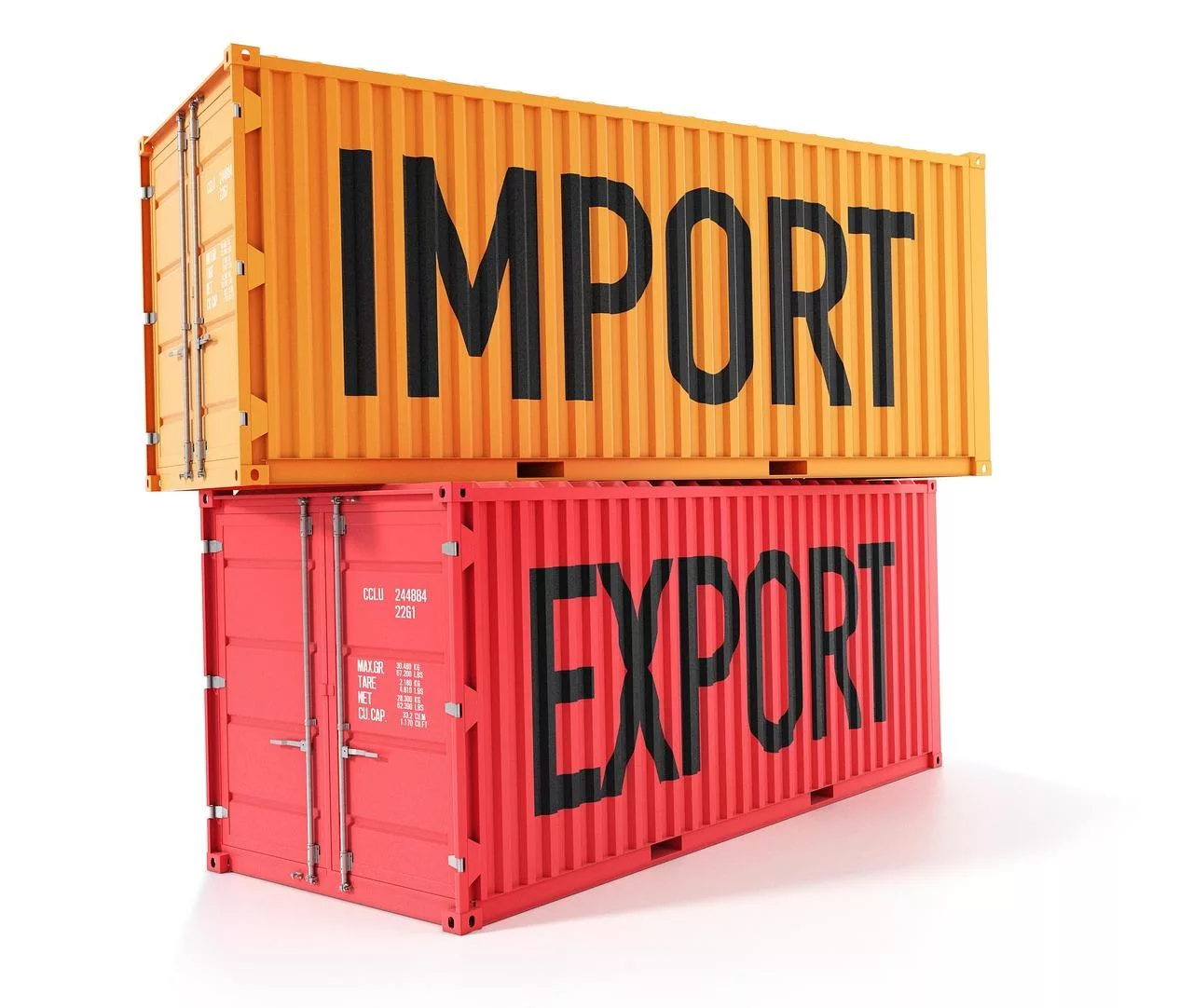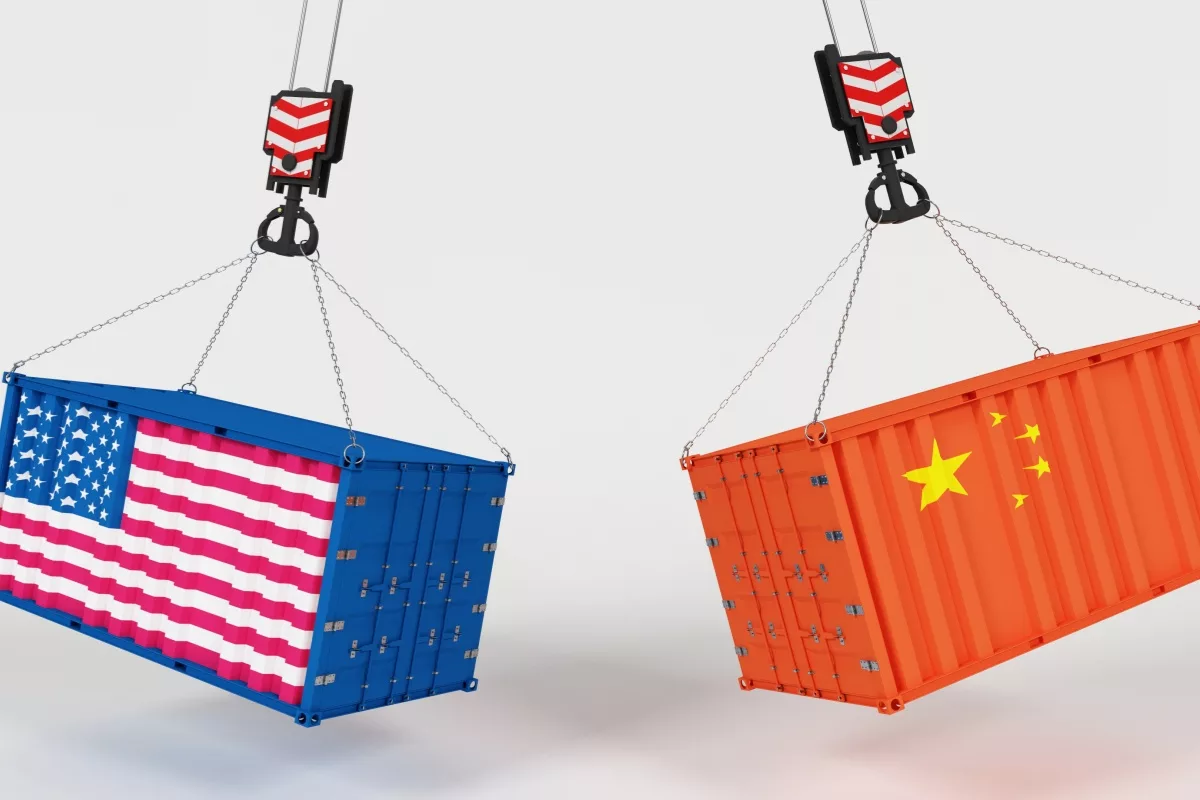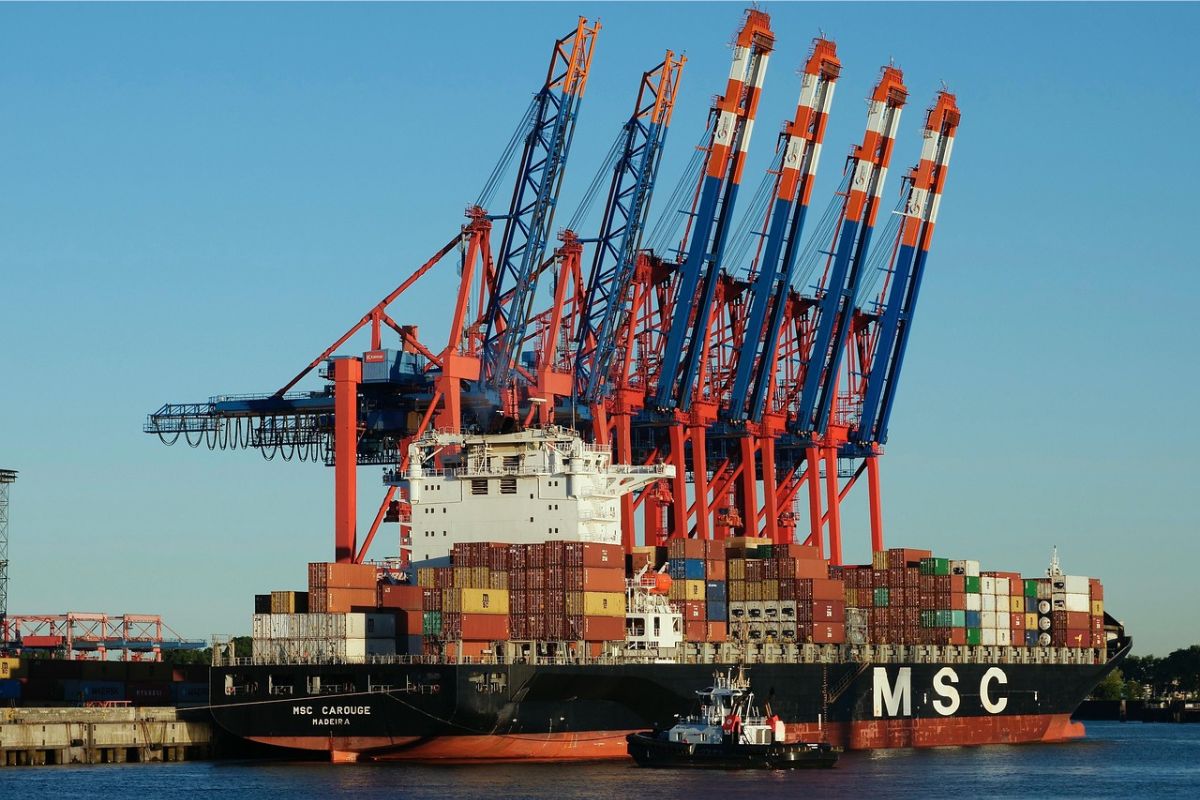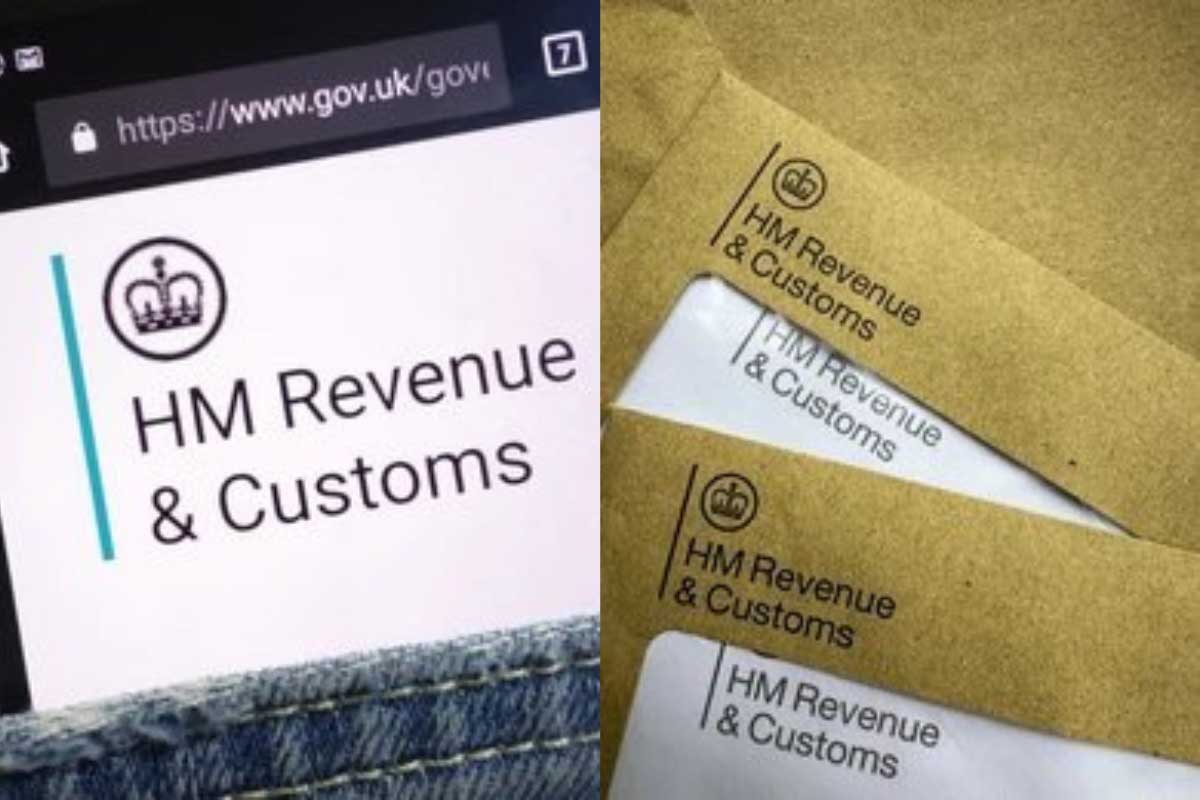In February 2025, President Donald Trump imposed a 10% tariff on Chinese Imports effective from February 4, which means that during this time, he had a more control-based approach to imports from China. This case focused more on trade gaps and the issue of duplicity, including the diversion of synthetic opioids into the U.S.
The 2025 tariffs are considered one of the most aggressive changes in U.S. policy on China trade. The difference between these tariffs and the previous ones is that they apply universally. This brings in a wide range of goods like electronics, clothing, and even other commodities. Furthermore, Chinese goods with lesser value will no longer be exempted from entering the U.S. without a duty and will now have to pay tariffs.
As a result of these measures, the intended goal of reducing the control and dependency on China was achieved to some extent. With that said, such steps put into concern the probability of retaliatory actions by China which would drastically shift global trade dynamics.
Details of the New Trump Tariffs 2025
On 4 February 2025, Trump once again imposed tariffs on Chinese Imports, this time set at 10%. The reasoning behind these tariffs was especially after attempting to subdue illegal immigration and drug trafficking from Canada and Mexico.
Specifics of the 10% Tariff on Chinese Imports
A 10% Tax on all Chinese imports covers everything ranging from electronics to textiles and machinery. Unlike previous selective tariffs, this particular tax strategy is more comprehensive and focuses on multiple sectors all at once. This is done in an attempt to nudge China to address issues concerning trade relations and synthetic opioid exports.
Removal of the De Minimis Exemption for Low-Value Chinese Goods
In keeping with the new tariffs, the administration also announced the removal of the de minimis exemption, which previously allowed items valued under 800 dollars to the United States without incurring any taxes. This move was beneficial for e-commerce websites and average consumers importing low-value goods from China. This drastic policy shift caused a number of systemic issues like crippling delays for packages stuck in customs and shipping nightmares for many retailers. So, the administration put the exemption back in place, but only in a more structured way.
The policy changes highlight the U.S.’s shift in strategy toward China. Addressing these long-term issues in trade relations should indeed be done with an eye toward domestic economic policies.
Current Trade Statistics Between China and the U.S.
The trade numbers between China and the United States reveal strong trade relations that heavily favor China in 2024. It is estimated that the two nations together had approximately 50.6 billion dollars’ worth of trade by November 2024, according to the U.S. Census Bureau. This is inclusive of roughly estimated exports of America to China of nearly 12 billion and imports for China estimated at 37 billion dollars, which leads to a trade deficit of around 25 billion dollars for the month.
Key Sectors Affected
The major contributors to the trade imbalance include machinery, electronics, consumer goods, textiles, and many others. Chinese products exported to the United States include smartphones, clothing, household items, and electronics. It is expected that the U. S. imposing 10% tariffs on Chinese goods will have a negative impact on these industries. Such tariffs are likely to increase prices in the fast fashion, toy, and electronic industries which will have negative ramifications on the consumers and industries.
Just like other industries, the automotive industry will feel the impact of the new tariffs. Many car manufacturing companies in the US need to import parts from China. Businesses may need to consider their pricing, as the additional costs due to tariffs will either have to be covered by the company or pushed onto the customer.
Potential Effects of the Tariffs
The new taxes set by the Trump government in 2025 have potential consequences for consumers, organizations, and the economy of the U.S. as a whole.
Impact on US consumers and businesses
The new 10% tax implemented on all products imported from China will impact American citizens and companies dramatically. As businesses operating within the US are charged a higher rate for purchasing these Chinese products, the cost of necessities such as clothes, electronics, and household items is also expected to increase by a significant value. This sharp increase could add fuel to the fire already ignited due to the cost of living in America.
The price hike for Chinese products will increase the production cost of the products. This means that companies will either opt to reduce their profit margin or increase their prices and lose consumers. Electronics, automotive, and retail will be the hardest hit. To avoid the impact of tariff policies, companies will also try to find other sourcing options, which can result in supply chain disruptions.
China’s Retaliatory Measures
To counter this, China decided to impose a tax of 15% on US coal and Liquid Natural gas and 10% on other agricultural products and oil vehicles starting February 10th, 2025. This step can boost the need for American products in China but place a huge downside in the form of economic loss for firms in America’s agriculture and energy sectors.
Broader Economic Implications
The broader economic implications of these tariffs are possible decreased economic growth because of reduced consumer spending and business investment. Increased costs of goods and materials may worsen inflation, which the Federal Reserve has to decide how to manage. Furthermore, increased trade conflicts might cause greater instability in financial markets, which would negatively affect their confidence and could harm the retirement of savings and investment funds.

Conclusion
In a nutshell, the trade relations between the U.S. and China will suffer even more with the extension of the 10% tariff and removal of the de minimis threshold during the Trump administration in 2025. These plans will be counterproductive by increasing the prices for consumers in America, consumer spending, and creating negative retaliatory measures from China. Globally, it would lead to elevated issues like hyperinflation, supply chain problems, and other economic ramifications.
The future of trade relations between the U.S. and China is unknown as the remaining tariffs have already stimulated Chinese exporters to start thinking about relocating production elsewhere. Moreover, the new Chinese tariff restrictions on American energy and agricultural machinery are further proof of the growing divide between the two superpowers.
Experts fear that such relationships could motivate a harsh trade war which would hinder growth and productivity globally. Reducing the negative economic impact could be done by a collaborative approach from both countries to establish a functional diplomatic resolution.






